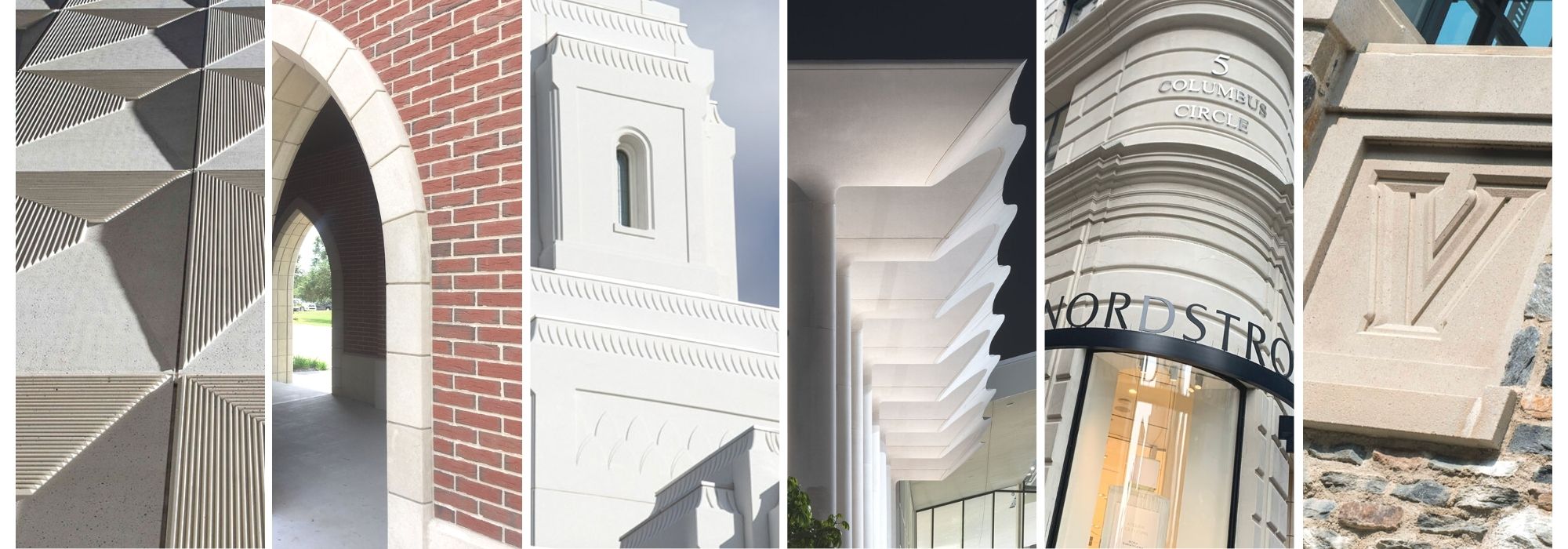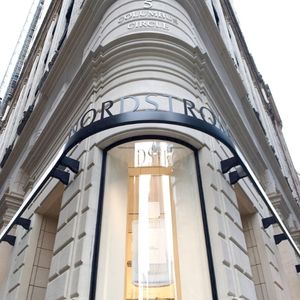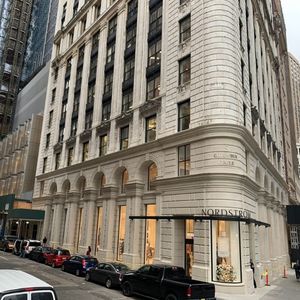Sculptural and Radii Precast Concrete Achieve Organic Design—Understanding the New PCI Architectural Categories
03/18/2022

Coinciding with an inclination to reconnect with nature, organic architecture, a term coined by Frank Lloyd Wright in 1908, is on the rise. Achieving a “found-in-nature” look on a building facade is often done with natural materials and curved design elements.
Due to the continued advancements in precast design and manufacturing, sculptural and radiused elements that inspire organic design can be constructed of precast concrete. Precast allows designers ample flexibility and creative freedom.
To assure precast concrete building components maintain a standard of quality across the industry, the Precast/Prestressed Concrete Institute (PCI) upholds several quality assurance programs that aim to certify the process of manufacturing and erecting precast concrete. These standards have recently been updated and impact the production of curves and radii in precast concrete.
Defining New Architectural Design Categories AA & AB
Last year, PCI announced a reconfiguration of their Architectural Precast Concrete Certification Guidelines. As of October 1, 2021, previous categories A1, BA, and CA are replaced with new categories AA, AB, AC, and AD. These new categories, created in collaboration with precast designers and manufacturers, adapt to the expanding precast concrete market and the increasing expectations of complex projects.
Architectural Design Category AA
PCI defines category AA as applicable to certification of plants producing architectural products with multiple concrete mixtures and textures, a variety of three-dimensional projections, radiused mold surfaces, or sequential returns.
The category includes profiles, colors, textures, and veneer materials included in Category AB, plus:
-
“Unique projects that include complex geometry and surface profiles"
-
“Projects that require tight tolerances for material interfaces that exceed the requirements of Category AB”
Architectural Design Category AB
Similar to category AA, PCI defines category AB as applicable to certification of plants producing “architectural products with multiple concrete mixtures and textures, a variety of three-dimensional projections, radiused mold surfaces, or sequential returns.” The category includes profiles, colors, textures, and veneer materials included in Category AC, plus:
-
“Projects that have three-dimensional surface profiles such as bullnoses, cornices, radii, and integral returns”
-
“Projects that have multiple concrete mixtures and/or surface finishes”
- “Projects that have stone, ceramic, tile, or terra cotta veneers”


The Nordstrom NYC Flagship Store was approved by New York's Historic Landmark Commission to replicate the original white marble facade with precast concrete. This project profile is an example that would be categorized under PCI's new Architectural Certification Category AA.
The Potential of Radiused & Sculptural Precast Concrete
The capabilities of precast concrete far surpass just flat panels or structural beams. Expert experienced precast concrete manufacturers can mass-produce concrete that takes on hundreds of shapes and textures, including radiused and sculptural elements.
Radiused Precast Concrete
Arches and curves in architecture all start with a radius. Moving away from rigid corners and straight lines enables the design of freeform structures that feel more organic and connected to nature. Designers can achieve this look with precast concrete and do so without restrictions.
Precast concrete can take on concave and convex shapes using custom rounded molds and the accompanying reinforcement and connecting hardware.
Curves that may have taken days in the field to form can be crafted quicker and with more precision at a precast manufacturing facility, adding to any project’s speed of construction. Whether it is an arched walkway, a rounded enclosure for a structural member, or a bullnose for added interest, it is entirely possible to achieve, and continuously repeat, these rounded design elements with precast concrete.
Sculptural Precast Concrete
Sculptural forms bring limitless potential to what the surface of concrete can display. Patterns can be identically repeated across facades, and crisp details can be intricately refined.
The use of sculptural forms that precast concrete is cast against allows the concrete to take the exact shape of the sculptural form due to its impressive moldability. Using varying depths of relief, panels can be designed with textures, patterns, shapes, or even letters and numbers to provide an elevated, one-of-a-kind look.
These sculptural forms can be used to mimic patterns found in nature and provide the missing piece to an organic design. Using form liners that match the look of river rocks, wooden boards, ocean waves, or fine sands replaces the industrial look of concrete and brings in more natural approachable textures.
How Sculptural & Radiused Precast Fit in AA & AB Categories
Table 1 in PCI’s Architectural Precast Concrete Certification Category Selection Guidelines offers a valuable tool in determining which precast concrete elements apply to the new architectural design categories. The table is broken down by material color and finish, panel geometry, embedded material, and several other factors.
Plants producing 3-D panels that use radii, either concave or convex, or using 3-D form surfaces, such as buildups, liners, or projections on face, should be certified under AA and AB categories along with AT (a pre-existing category that sets qualification standards for architectural trim). Additionally, plants utilizing 3-D form surfaces with reveals and liners only should be certified under all categories: AA, AB, AC, AD, and AT.
Precast concrete manufacturers are initially certified in the above categories by creating a set of mock-up panels that show adherence to specific tolerances and a certain level of complexity. The plants are then audited on a biannual basis to ensure that quality standards are met. A plant that maintains PCI Architectural Precast Concrete Certifications displays its capability to meet quality standards and achieve project requirements.
Examples of precast producer mock-up panels to achieve PCI Architectural Certification in Category AA